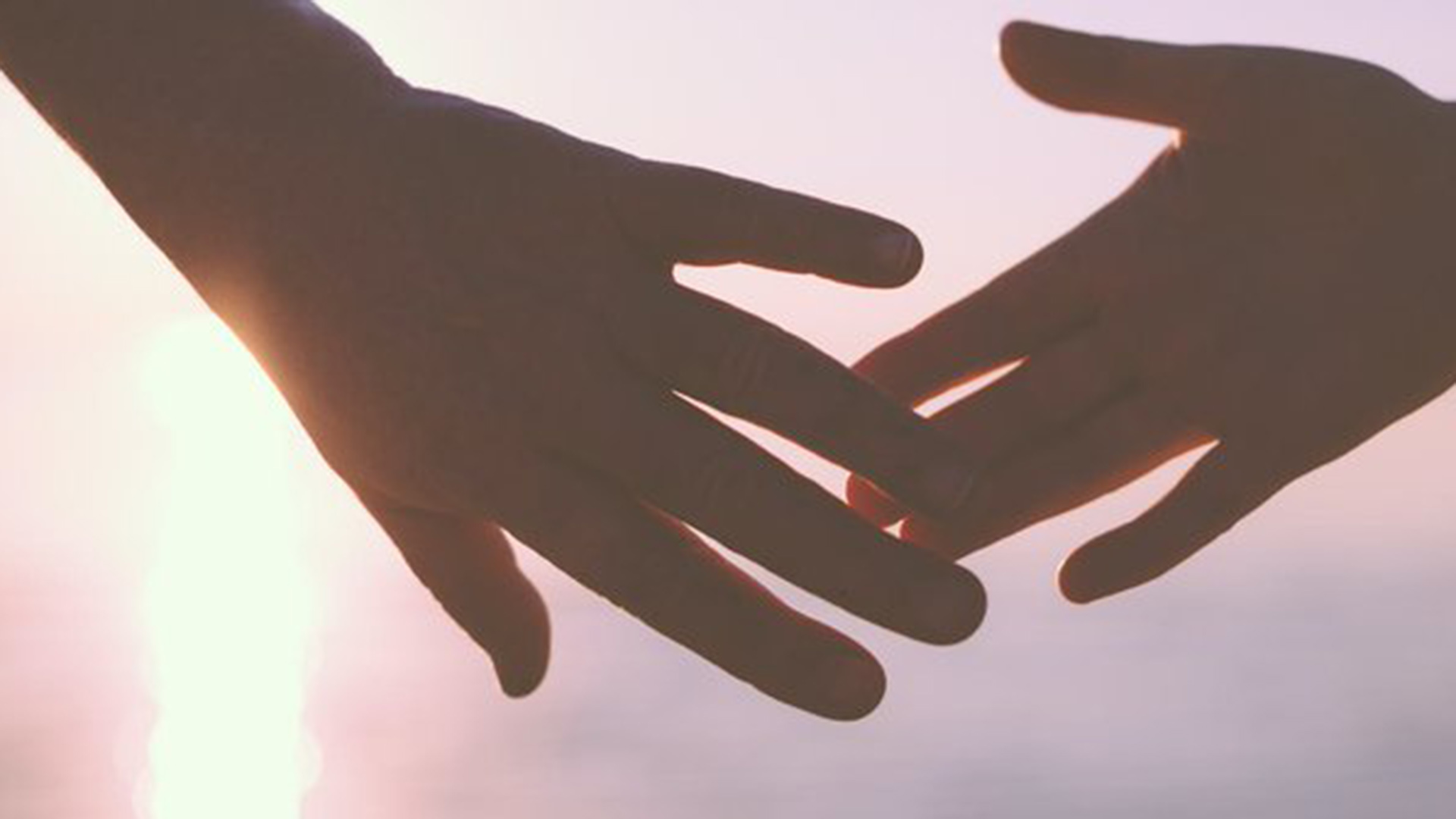Preventing violence against First Nations women needs to be a whole-of-community responsibility and we need accountability for system failures

Aboriginal and Torres Strait Islander readers are advised this article contains names of deceased people and mentions domestic violence and murder.
This week’s Four Corners special How Many More? provided a much-needed investigation into the rates of First Nations women missing and murdered in this country. ABC Indigenous affairs editor Bridget Brennan and her team must be commended for their work.
We in the Indigenous community are well aware of the impact of the violence that occurs. Many of us work on the frontline to help those in need, partnering with Indigenous community organisations.
As part of my work, I review coronial inquest documents and death data that includes Indigenous people, as well as hearing survivors’ stories and those of families who have lost a loved one to violence.
However, it is also through my lived, working, community experiences that I come to the topic of addressing violence – much like many other advocates in the space.
This work is interwoven with our lives in a way we don’t get to knock off from. I can – and have – gone from speaking at a national level one day, to providing one-on-one domestic violence support the very next.
The nation is in the midst of a national crisis of violence against Indigenous women. As Associate Professor Hannah McGlade puts it, this is “Indigenous femicide”.
For those of us who live in Indigenous communities, and have experienced violence ourselves, we’ve long known we’re on our own when it comes to our survival.
What the Four Corners report found
The Four Corners report detailed the impacts of horrendous crimes against First Nations women with care and sensitivity. It humanised the women and supported their families to provide a voice to their experiences. This has not always been afforded to us.
The program highlighted a vital issue: the indifferent, uncaring nature and lack of urgency of many first responders. People requiring protection continue to be misidentified, with First Nations women punished for not conforming to the “worthy victim” stereotype.
These interactions with service providers, such as the police, are made worse as a result of racist stereotypes which dismiss violence against First Nations women. Four Corners showed this in Roberta’s story, who was told by the attending police officer to “stop calling us”. No one helped her when she was being beaten in public. This all occurred in the lead-up to her death.
The racist and inadequate responses highlighted on Four Corners aligns with research I have conducted into policing practice.
Given the widespread racism of police and their freqently apathetic responses and disregard to First Nations women’s safety, there is a reluctance to come forward and report violence. When women do report, they are criminalised, further marginalised, dismissed and dehumanised, as highlighted on Four Corners.
These systems continue to fail First Nations women. These failures are across institutions, and across state and territory jurisdictions.
Because of the inadequate support for First Nations women to report violence, colleagues and I have argued the police may not be the appropriate service to approach in reporting violence, and as first responders.
What is needed to address violence against Indigenous women?
There is no simple answer to address this. The ongoing impacts of multigenerational trauma continues, as do the effects of discrimination, marginalisation and racism many of us still experience.
It is clear we need to move away from the assumption that what works in non-Indigenous communities will be effective in Indigenous communities.
In addition, what works for First Nations women in the southern communities of Australia may not work across to the west and in the north. The diversity in our communities should be seen as a strength; programs that are locally designed, culturally responsive and trauma-informed are much more likely to have success.
We need better education and awareness to ensure First Nations people, communities and broader society understand that acts of violence aren’t limited to physical violence, and that violence can change over the course of a relationship.
Given that new laws are being implemented around the criminalising of coercive control, we need to ensure both community and police understand what this actually is, and how it can present in a relationship.
There is a need to teach community about healthy relationships – and in particular, identifying red flags such as partners who have been violent in previous relationships. These behaviours often extend into new relationships, and the person who uses the violence can escalate how they harm their partner, sometimes fatally.
Too many First Nations women have been killed by people who have a history of violence in relationships. State and territory courts, corrections and the criminal legal system need to ensure these people are unable to cause more harm.
Clearly, we need a more holistic approach to providing services for Indigenous women. Agencies that respond to violence must have the systems and processes in place to support the woman, the partner, the immediate family and extended kin. Episodic responses will not suffice and women will continue to fall between the gaps.
We also need to ensure that preventing violence against First Nations women is a whole-of-community responsibility. First Nations women are also partnered with non-Indigenous people, therefore this is not “just” a First Nations issue.
Finally, we need accountability for system failures, especially where Indigenous women and children’s lives are lost. One life lost to violence is far too many.![]()
This article is republished from The Conversation under a Creative Commons license.
UOW academics exercise academic freedom by providing expert commentary, opinion and analysis on a range of ongoing social issues and current affairs. This expert commentary reflects the views of those individual academics and does not necessarily reflect the views or policy positions of the University of Wollongong.








